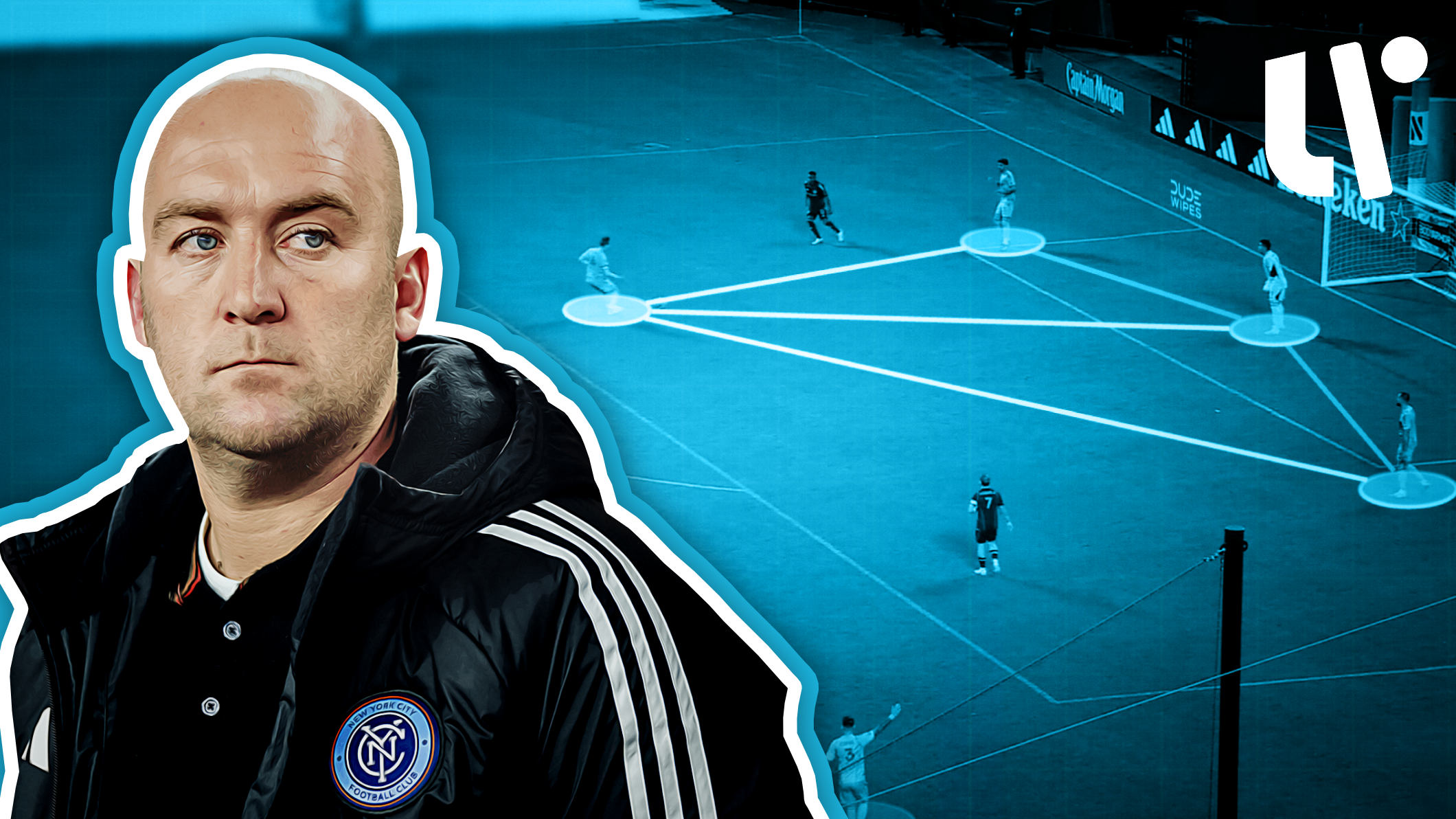
How New York City FC are becoming Manchester City of the MLS
New York City FC’s principles of play are arguably the most attractive in the MLS.

How Messi's Argentina beat Mbappe's France | World Cup 22' Analysis
Is Lionel Messi now officially the greatest player of all time?

How Lionel Scaloni changed Argentina - World Cup 22'
Argentina have without a doubt been the most tactically improved team of the World Cup tournament...

SIDEMEN FC vs YOUTUBE ALLSTARS - Tactical Analysis
One match, 15 goals, 2.6million concurrent viewers, over £1million raised for charity. Sidemen FC, Youtube Allstars, take a well deserved bow.

How John Stones at Right-Back changes Manchester City
Manchester City’s last two games, against Wolves and Borussia Dortmund, have seen John Stones deployed as a right-back in Pep Guardiola’s notorious 4-3-3 set-up.

Is Raheem Sterling a Manchester City legend?
Raheem Sterling’s switch to Chelsea has caused anarchy among the Manchester City fanbase…
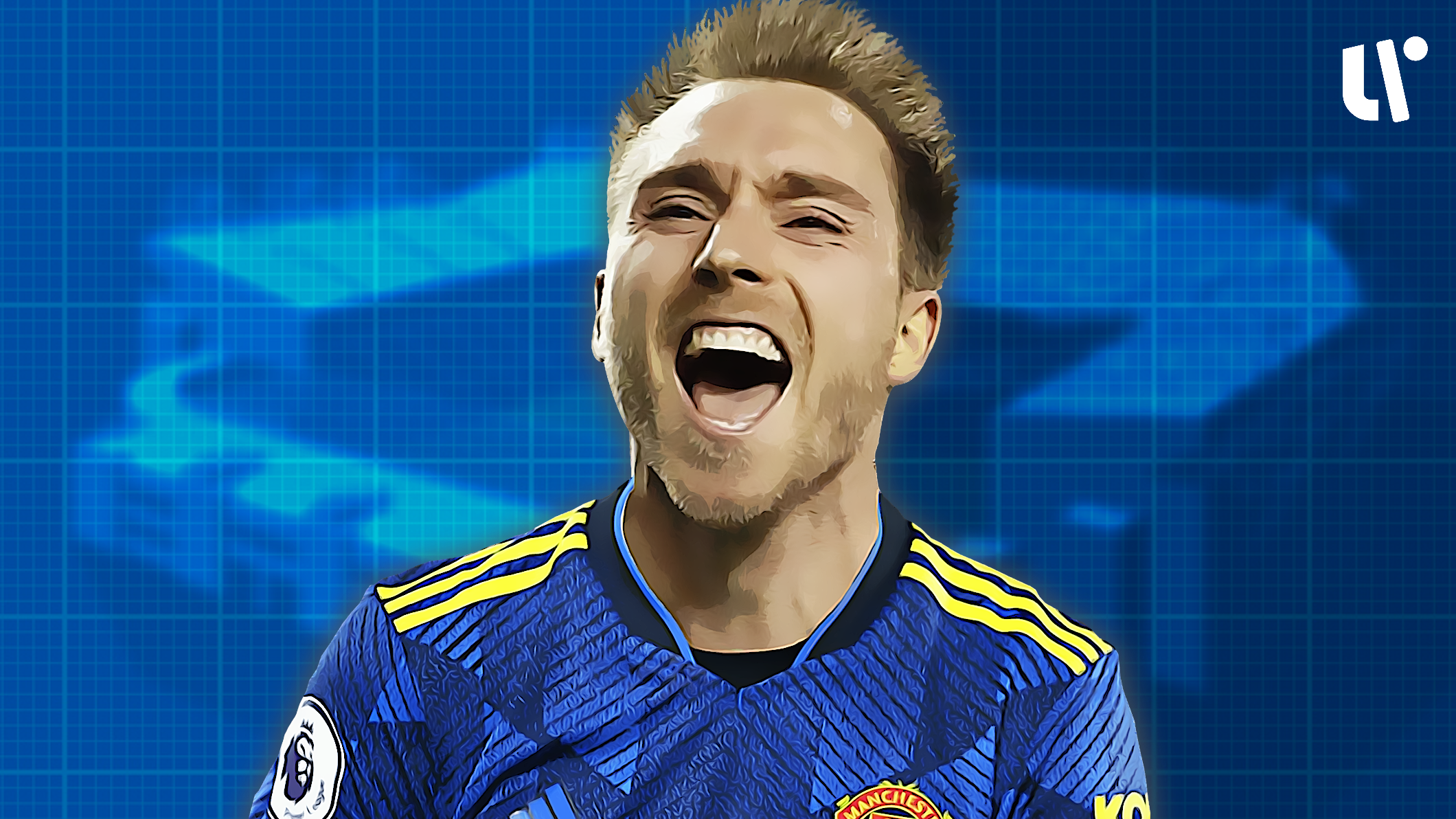
How and Why Man United signed Christian Eriksen
Manchester United have finally signed a midfield maestro…
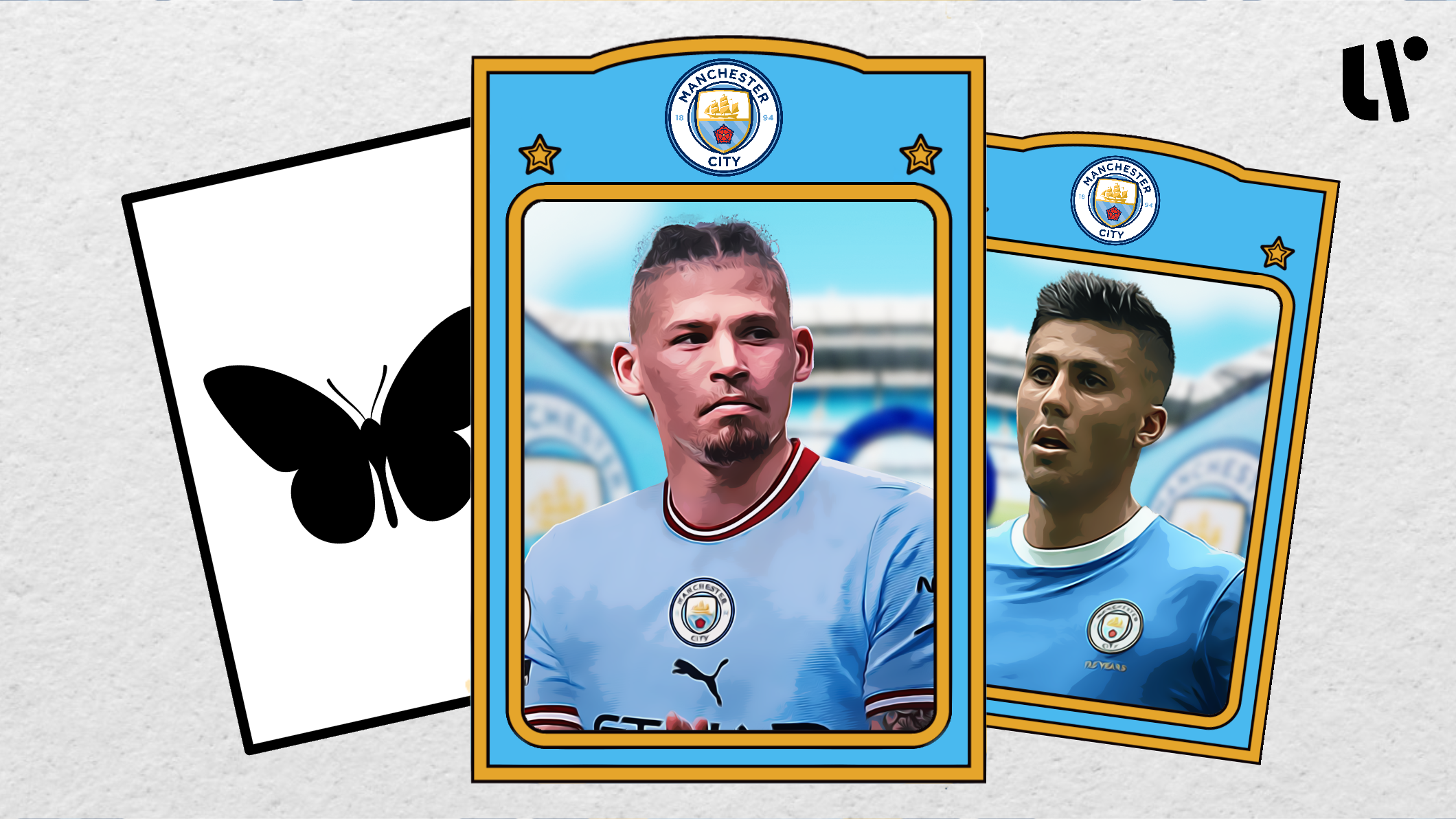
Kalvin Phillips' Butterfly Effect at Manchester City
Pep Guardiola may be left with a conflicting decision in the holding midfielder role…

How and Why Liverpool signed Darwin Nunez
This makes the 22-year-old a versatile option in the attack for Klopp, who now has all bases covered in attack…

Why Manchester City NEED Marc Cucurella
Manchester City’s reported pursuit of Marc Cucurella tells us a lot about Pep’s desired play-style for next season…
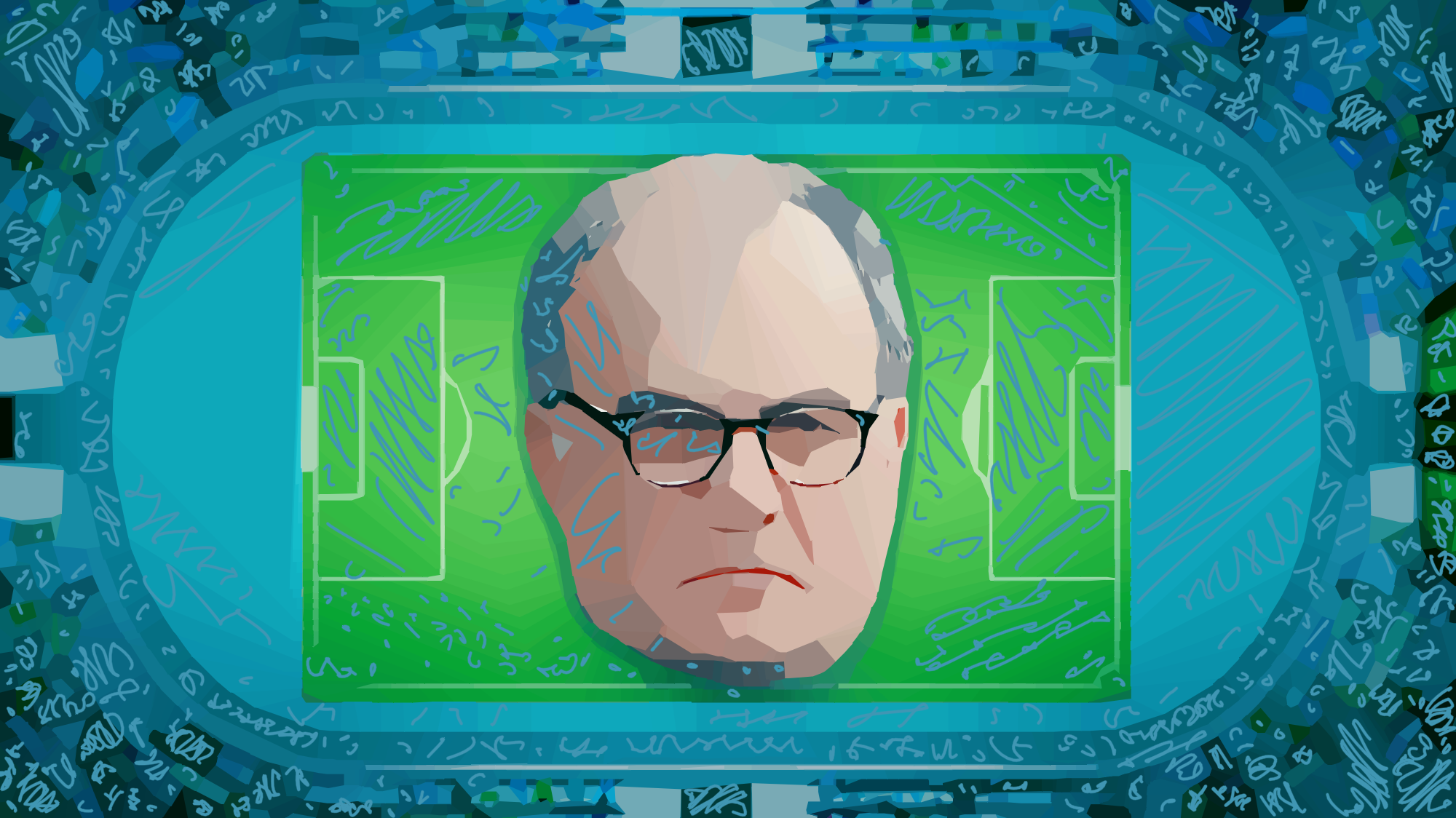
The Marcelo Bielsa Stadium
How great is Marcelo Bielsa? So great that his former club named their stadium after him…

How Less Passes have improved Liverpool this season
Jurgen Klopp's Liverpool side are making less passes in the Premier League this season and it's actually making them play better - but how?
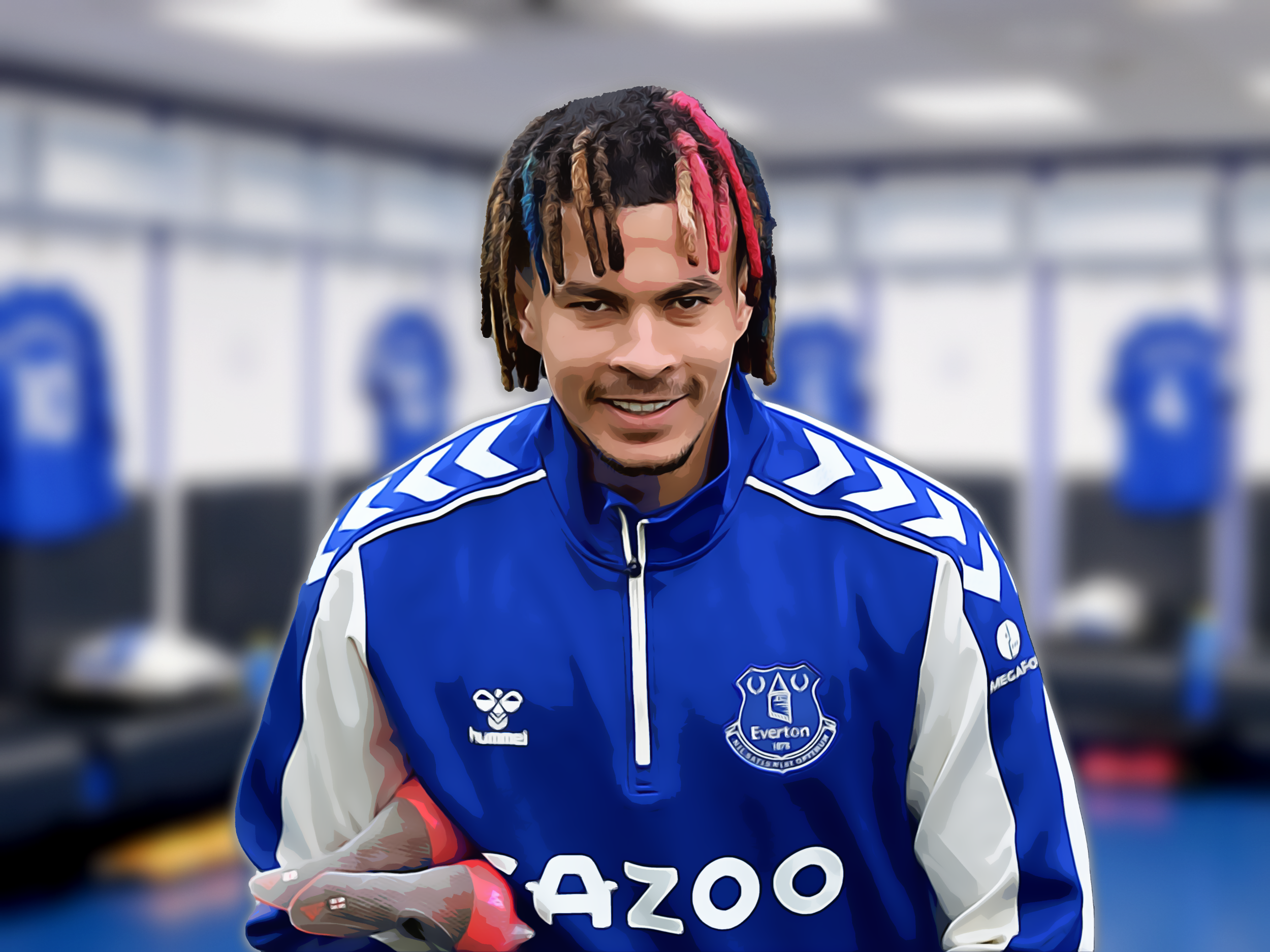

How and Why Manchester City signed Julian Alvarez
Have Manchester City signed the next Aguero?


Why Newcastle United are desperately chasing Diego Carlos...
Diego Carlos has gone under the radar when it comes to Europe’s elite…
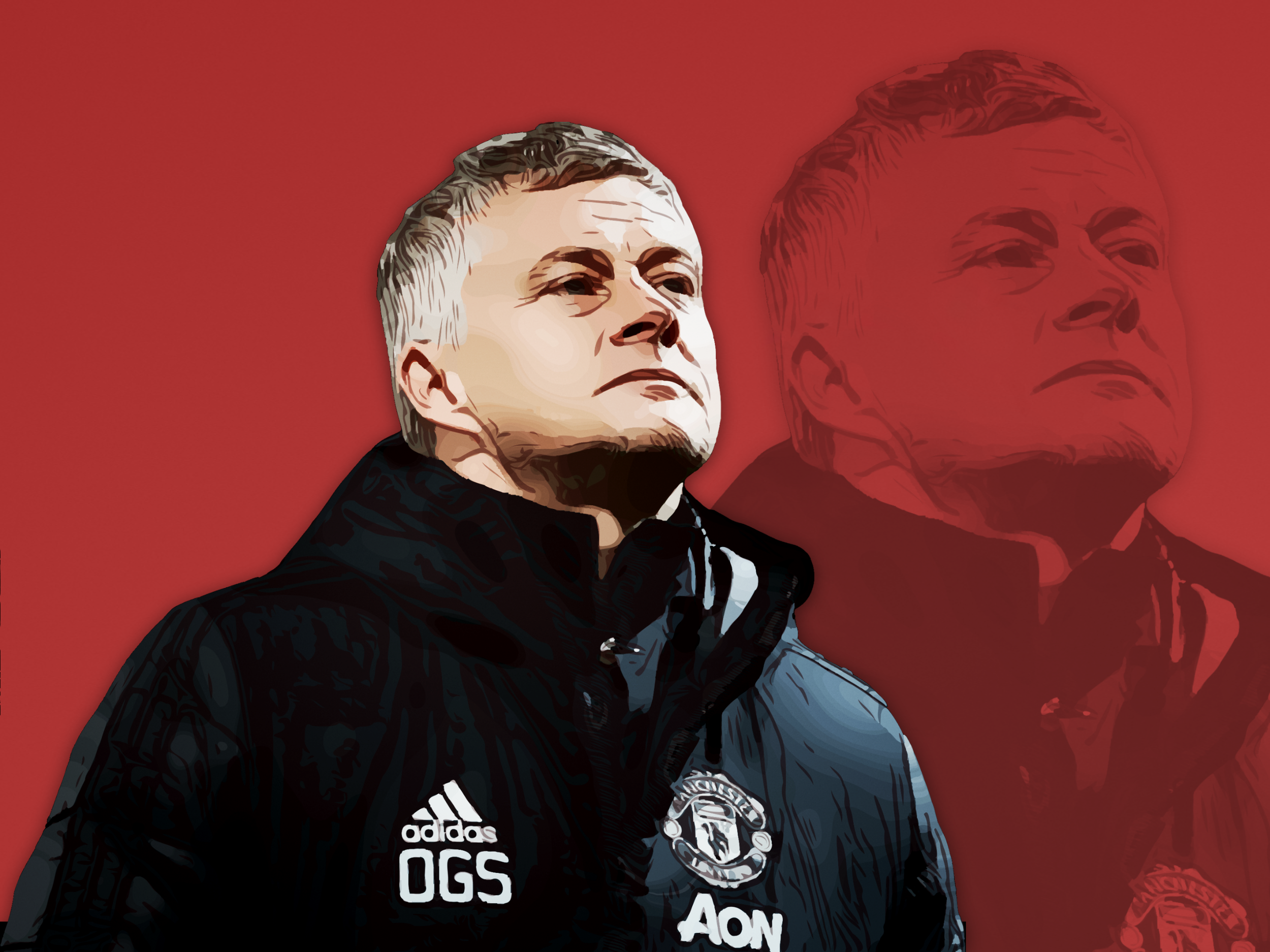
Why are Manchester United struggling for form with the squad at Solskjaer’s disposal?
There was a feel-good factor around Old Trafford, so what’s happened?
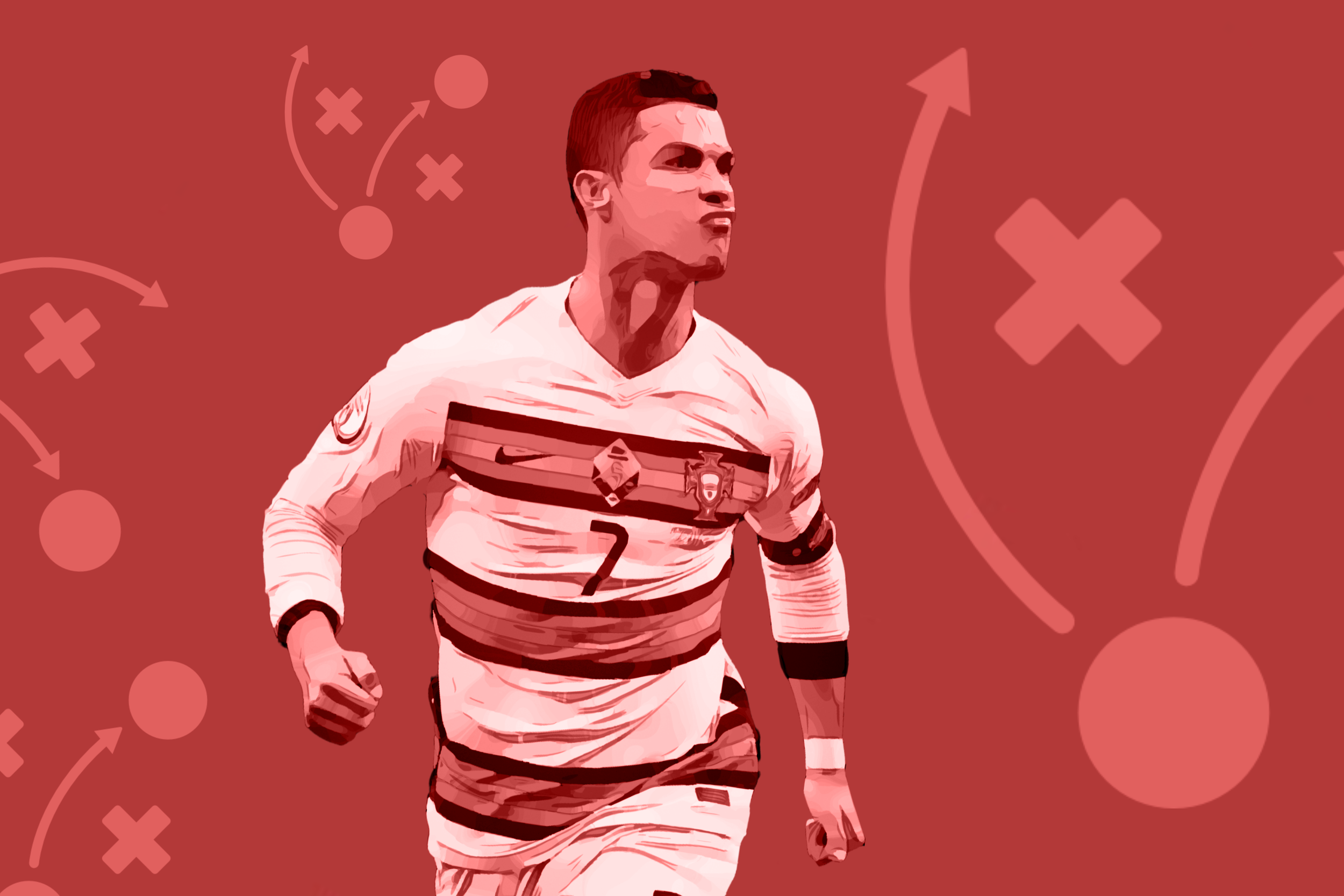
A Change in Formation? How Ronaldo fits into new look Manchester United
It’s official… Cristiano Ronaldo is once again a Manchester United player!
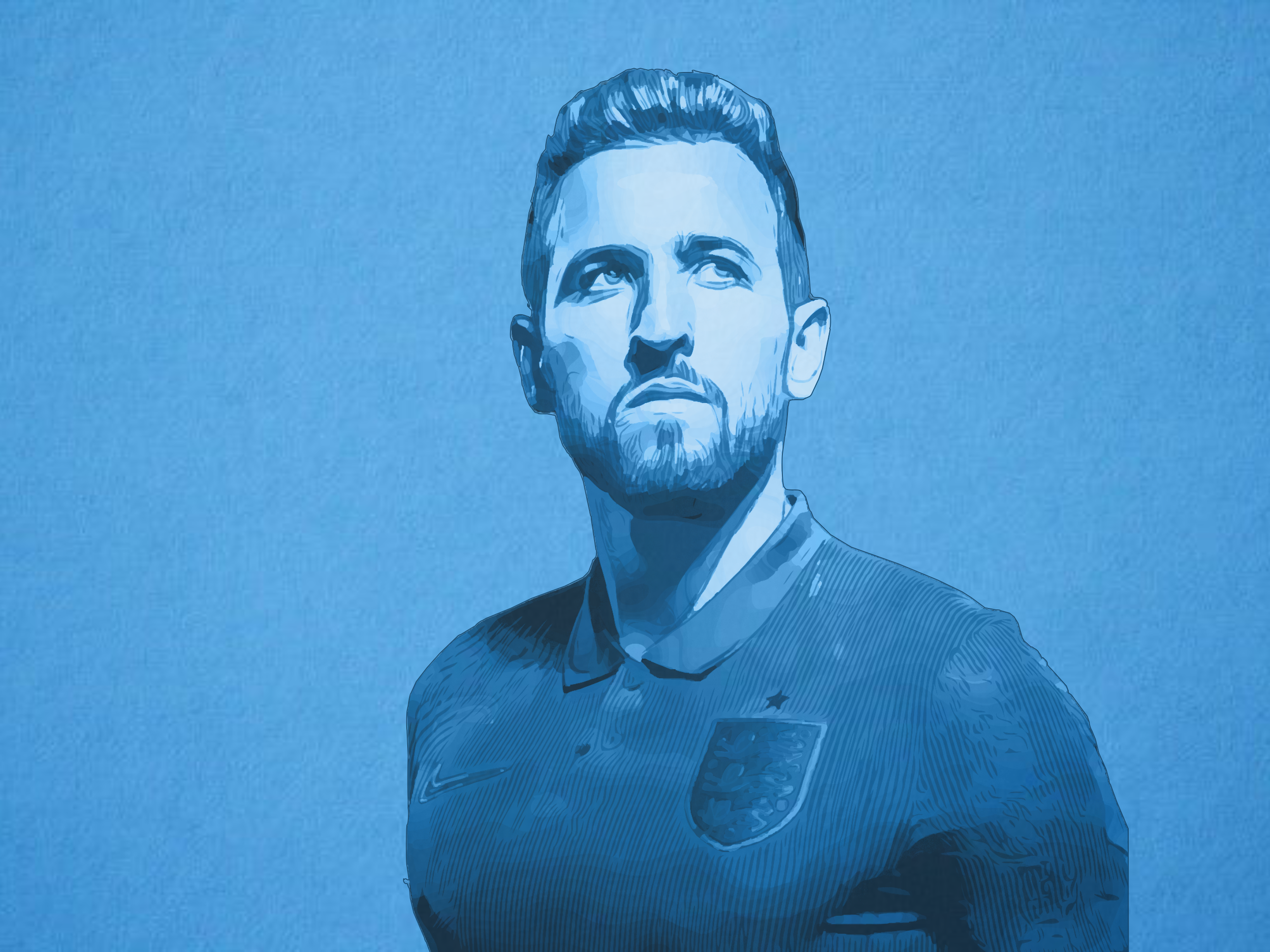
Harry Kane: Get busy living or get busy dying
This summer window is going to be crucial in Kane’s career…
